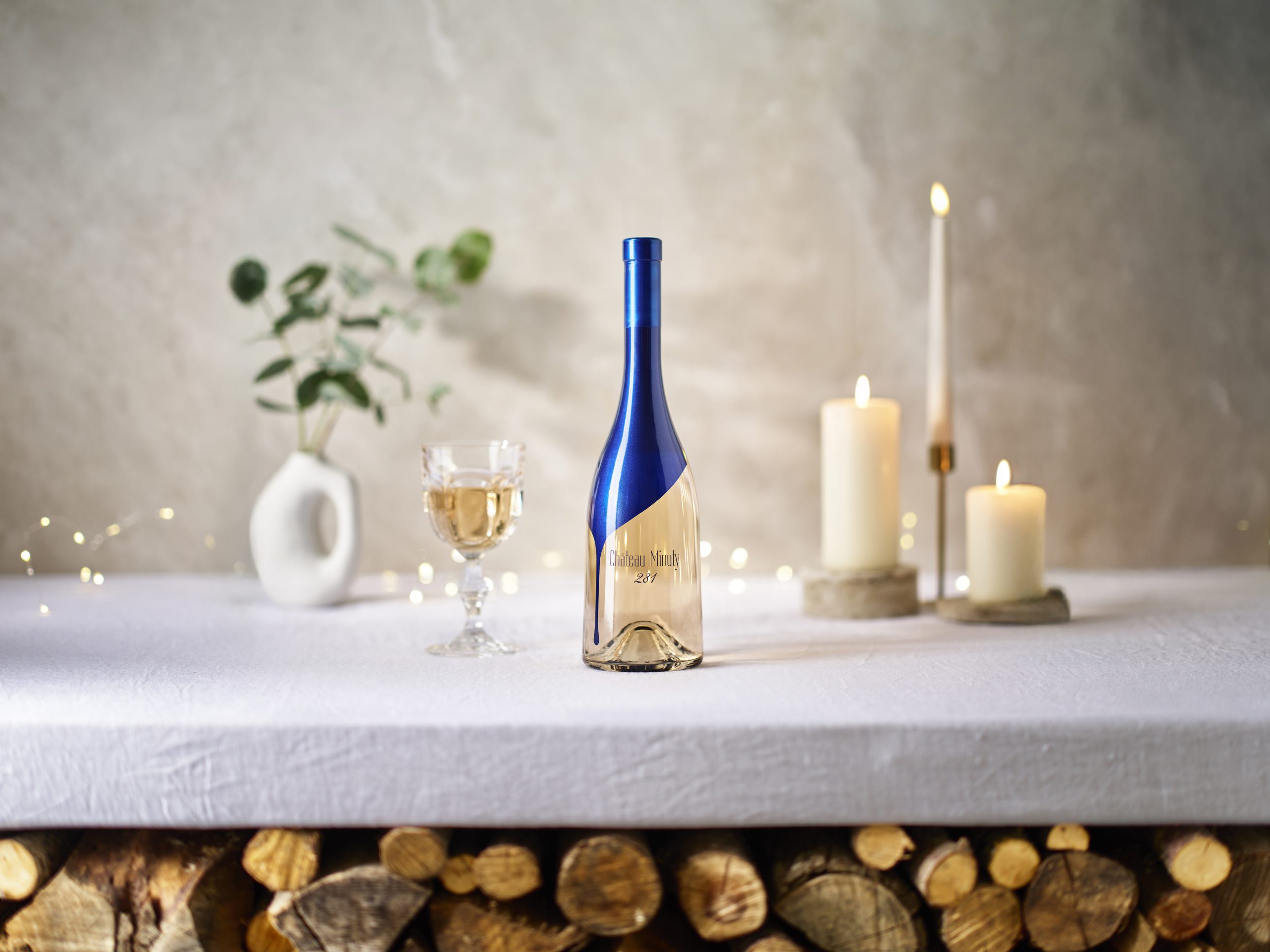Top ten trends of the last ten years: 2. China
In our penultimate installment of the greatest changes in drinks since db was launched in July 2002, we consider the role of China.
While the makers and marketers of luxury goods have targeted the BRIC countries since the term was coined in 2001, over the last decade, China in particular has proved a saviour for international spirits brands and fine wine merchants alike.
Meanwhile the mature markets of Europe and the US have battled with recessionary pressures and rising taxation. Even bulk wine producers have turned to China’s 1.34 billion people, as consumption in continental Europe has continued its gradual decline.
Aside from China’s GDP growth, there’s a 300-million strong middle class, who are aspirant and keen to display their new found status with western brands. This group, in conjunction with the country’s business and political elites, have a longstanding love of alcoholic drinks, enjoying them during celebrations, with meals and for medicinal purposes.
Today – although putting a figure on anything to do with China is always hard – statistics suggest the market for western spirits, primarily Cognac and Scotch, amounts to four to five million cases per annum.
This may be miniscule relative to an estimated 900-million case Baijiu business in China, but the leading western spirits brands, Hennessy, Martell, Chivas Regal and Johnnie Walker (in order of size), are selling their top and most profitable expressions, and enjoying growth rates that now only seem limited by supply.
In wine, the market is significantly bigger, and similarly, there’s a thirst for the best, such as first growth Bordeaux, above all Lafite.
In 2011, the imported wine market was estimated to account for 361 million litres (over 40 million cases) of the total 1.4 billion litres (155 million cases) consumed.
And, despite the scale, China’s wine market is growing at 14% (while other major wine-consuming countries are stagnant at best).
Partner Content
Indeed, the vineyard area in China has almost doubled over the past decade, with almost 500,000 hectares under vines today. It is the fifth-largest in the world by area planted – accounting for 20% of the global total.
The Chinese have also been active in the wine industry beyond their own borders, and over 20 Bordeaux châteaux have been acquired by Chinese buyers in the past four years alone. That number is expected to rise to 30 by the end of the year.
Meanwhile, after protracted negotiations with the Chinese government, Diageo acquired the entire spirits group Sichuan Shui Jing Fang in March this year. Also this spring, both LVMH and Lafite established their own wineries in the country.
Finally, Hong Kong has become a fine wine hub for the Far East following the city’s abolition of wine duty in early 2008.
As for db, we produced our first Far East report in 2005, and then our first China report in 2010.
More recently, in November last year, we launched the drinks business Hong Kong, a new magazine designed to serve the wine and spirits trade in the Far East.




